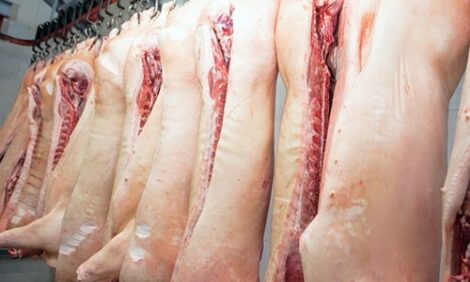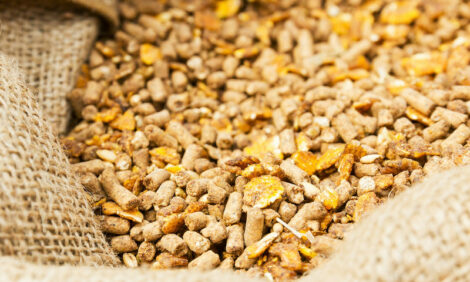



Danish Pig Sector Seeks to Increase Investment
DENMARK - Since the financial crisis of 2008, investment in the Danish pig sector has been low.At present the sector is being hit by the loss of the Russian market because of the sanctions imposed following the EU’s stance over Ukraine.
The sector is also being challenged by the threat of both African swine fever and PED, which has led to the establishment of wash-down posts for pig transport truck along the border with Germany.
The sector has also been hit by the threat of MRSA and antibiotic resistance.
And now it faces new animal welfare measures that are to be introduced by the government.
“Animal welfare is still an issue and has been brought up by the new minister of agriculture,” Martin Anderssen from the Danish Pig research Centre told the International Pig Seminar at Agromek in Herning this week.
“And next year we will halve the use of antibiotics on the farm,” he said.
Mr Anderssen said that the main problems with under-investment had been in the finisher production units.
He added that those farmers, who were looking to enter the industry are looking to come in with units of 1000 to 1500 sows as breeding units first rather than finishing units.
“They want to start big in Denmark,” he said.
He added that as the farmers want to grow their business, they then want to look to buy land to produce their own grain for feed and set up with their own feed storage and production facilities.
Only then are young farmers in Denmark looking to establish finishing units.
In 2005, Denmark had 8,886 pig producers. By next year, that figure is expected to be around 3,500 or fewer.
With the reduction in the number of producers in the country, the sector is looking to gain more and more efficiencies in production and also adopt measures that will add value to the pigs.
The demand for Danish pig meat is driven not only by price, but also food safety, high veterinary levels, uniformity, animal welfare the environment and security of supply, said Mr Anderssen.
Part of the efficiency drive is to ensure that more piglets are born and stay alive for each sow on the farm. The top 25 per cent of farmers are now achieving 16.1 piglets per sow on average per litter and each sow is having 2.31 litters per year.
The improvement in efficiency in production is also marked in the increase in daily weight gain of the piglets and the improved feed conversion rates.
In 2012, the average feed conversion ratio was 2.86 but last year, the top 25 per cent were achieving 2.67 and daily weight gain rose from 905g to 985g.
Much of this improvement has been put down to the breeding programme that has been instituted by the Danish Pig Research Centre.








